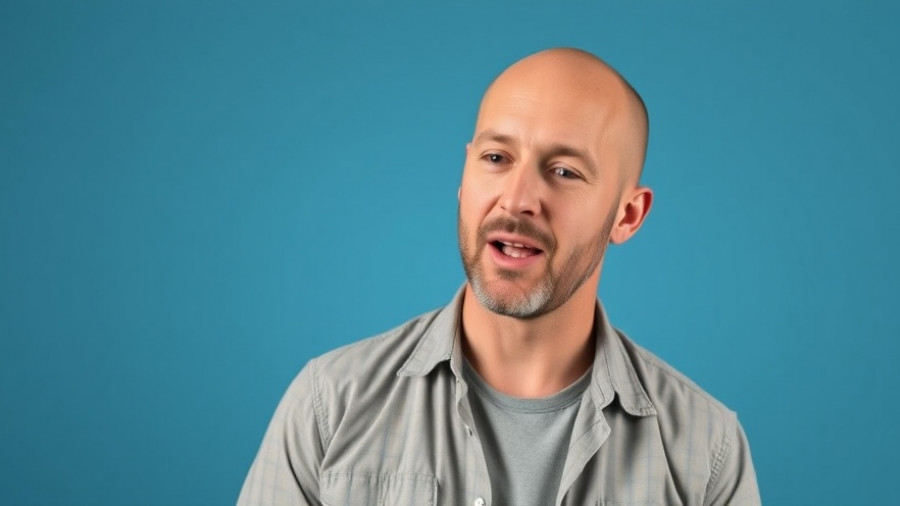
The Role of Aesthetics in Art and Its Interpretation
Art has always held a mirror to society, reflecting its values, tensions, and contradictions. In recent discussions, the notion of 'ugliness' has taken center stage, raising questions about what our preferences in aesthetics reveal about us. By exploring the weaponization of ugliness in modern art, we come to understand how artists challenge the norms of beauty and provoke thought on deeper societal issues.
In The WEAPONISATION of UGLINESS in Modern Art, we see a compelling examination of how the parameters of aesthetics are expanding.
Why Ugliness? Understanding the Disturbance
Traditionally, art has celebrated beauty and symmetry as the standard. However, the emergence of works that embrace distortion and ugliness invites audiences to contemplate discomforting truths about the human condition. This trend can be viewed as a critique of contemporary consumer culture. By presenting unappealing imagery, artists confront us with the harsher realities we often prefer to ignore, transforming aesthetic production into a social commentary.
Contemporary Artists Embracing the Unconventional
Several modern artists break conventional barriers to explore themes of ugliness. For instance, the provocative pieces of Jenny Holzer and the unsettling portrayals by artists like Francis Bacon challenge viewers to look past the surface. They force us to confront our assumptions about what art should evoke. Instead of comfort, they offer a jarring reality that elicits discussion and reflection.
Art as a Form of Protest and Social Commentary
In many ways, the weaponization of ugliness in art serves as a form of protest against prevailing aesthetic standards. Artists often reflect the struggles and injustices of our time, using harsh visual language to critique society’s blind spots. This approach provides a raw and unfiltered lens through which we can analyze pressing issues, whether that be political turmoil, environmental crises, or social injustice.
The Emotional Impact of Ugliness in Art
Viewing art that challenges our perceptions can elicit a range of emotional responses, from discomfort to intrigue. This emotional engagement is essential to the power of art as it pushes boundaries. When we encounter works that we deem ugly, it often reflects our internal conflicts—our discomfort with the world manifests in our responses to the visuals we see. Understanding this impact allows us to see beyond beauty, deepening our appreciation of creativity’s role in dialogue.
Redefining Beauty in Our Modern World
As we move forward in a rapidly changing world, the traditional notions of beauty are also evolving. Artists who embrace what is perceived as ugly prompt us to reconsider our standards. Do we still value beauty over truth? Or can ugliness possess its own beauty derived from authenticity and raw emotion? Engaging in this discussion leaves room for broadened definitions of aesthetics that reflect our diverse world.
Engaging with the Art You Encounter
Next time you immerse yourself in art, whether in galleries or online spaces, allow room for critical engagement. Ask yourself questions about the intention behind the work and consider what emotions or realizations it stirs within you. This practice fosters a deeper connection to art, enabling you to appreciate how artists challenge our perceptions and provoke essential conversations.
In exploring the video The WEAPONISATION of UGLINESS in Modern Art, we see a compelling examination of how the parameters of aesthetics are expanding. It encourages us to look beyond our initial reactions and thus engages us in a broader commentary on art's social role.
 Add Row
Add Row  Add
Add 










Write A Comment